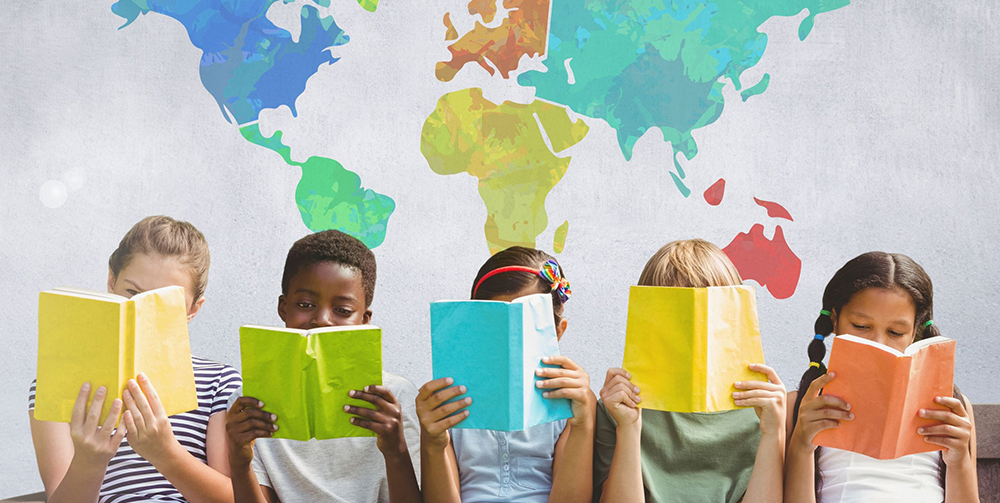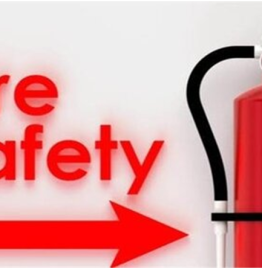The world over, educational systems is different. Given the vast diversity in culture, geography, and national history throughout the world’s 195 countries, it’s not surprising that no two have the same approach to education. Ten of these countries are especially remarkable for their individuality and diversity. The dynamics and forces at play in a person’s education can be better understood with this knowledge.
What do individuals usually discuss when discussing educational structures? Public education, to put it. When stakeholders discuss education systems, public schools are always mentioned. The government often manages and provides such services at no cost to its inhabitants. A school system might be a local one, or it can span a whole nation. Here, we’ll discuss how other countries’ educational systems are structured differently.
Here are some of the differences in world education
-
French Schools
The French government bans students from wearing religious symbols to school.
Education in France dates back to the time of the Roman Empire. Formal education was introduced to the country as early as 121 BCE. In terms of individual freedom, it is, justifiably, extremely progressive. So much so that lacité, which means “secularity,” is one of the pillars of its educational system. Because of this, public school policy prohibits students from wearing any form of religious apparel. The French educational system firmly believes that the separation of church and state is necessary.
-
The Catholic Church runs Irish public schools
The Irish school system is opposed to the French one. This is because the Catholic Church manages more than 90% of all public schools in Ireland. Their public schools can even refuse to teach or hire anyone who isn’t a practicing Catholic. This is so prevalent in Ireland that some nonreligious parents baptize their children. Their child’s enrollment in a neighborhood school is contingent on their baptism.
-
China’s schools are putting memorization in the spotlight
Memorization plays a significant role in China’s education system. Students in China’s public schools who can memorize and retain information are highly regarded. So much so that the gaokao, a test for entry into Chinese universities, relies heavily on memorization and repetition. Chinese classrooms do not evaluate students’ ability to think critically and analytically.
-
Thai patriotism.
The educational system in Thailand emphasizes national pride. It’s so important that the national anthem is sung at the beginning of every single lesson. As a result, Thais can proudly sing their national anthem whenever they like. Parents in Thailand that value diversity in their children’s education often send them to international private schools like Bangkok Prep International School.
-
No Single Standard in German Classrooms
Uniforms are mandatory for pupils attending public schools in the vast majority of the world. Yet, this is different in public schools throughout Germany. Public schools in Germany aggressively discourage students from donning uniforms out of a desire to avoid even the appearance of militarism. Even if there is required branded gear for students, it is made a point not to resemble military uniforms. For this reason, students in Germany’s public schools wear uniforms with bold colors and eye-catching designs.


































































